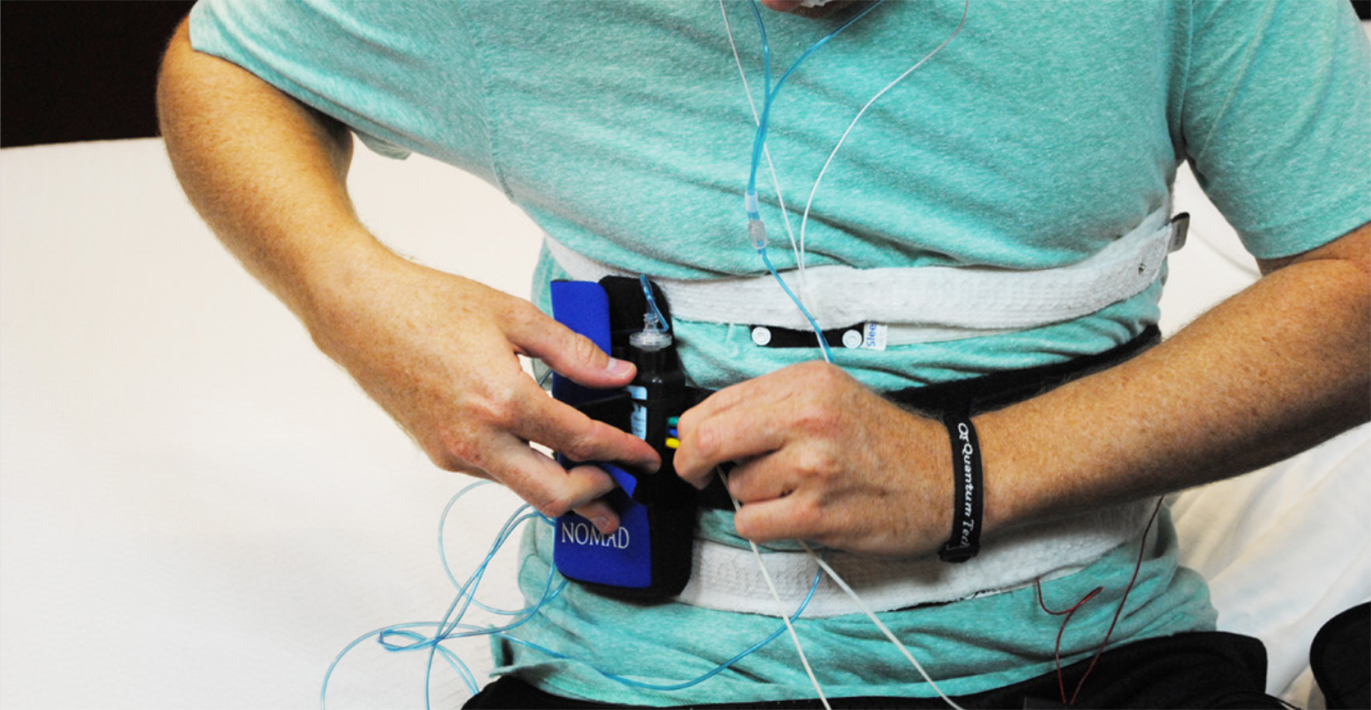
The end result should look something like the following screenshot. I’m planning on working on getting this more into some form of official documentation to make it easier to work with custom Azure AD protected REST endpoints.
Insomnia test free#
Then you can go ahead and call your custom REST endpoint from that point on without issues.įeel free to comment below on how easy this is to setup, or if there’s feedback on how we’ve documented it on this blog.

It’s not really used by Insomnia.Ĭredentials we can leave as “As Basic Auth Header (default)”.Īfter doing this, we can select “Fetch Tokens” and the Access Token field should populate with your access token. So in the Advanced Options your scopes will look something like: “openid api://36d8fb88-a8ac-4825-ae54-9644cf7bb8b4/access_as_user offline_access” if connecting to a custom web api, or “openid offline_access” if using Graph API etc.įor the state field, we can enter anything we want to there. If we go to the API Permissions screen as well we can add scopes for something that is a Microsoft 1st party application (like Graph, etc). Under the “Expose an API” screen on the Azure AD Portal, we can add scopes we want to test with. I usually just set it to when using Insomnia to test APIs with.
Insomnia test registration#
The redirect URL can be created on the “Authentication” tab under the app registration blade. Then we can click on the “New client secret” button.Ĭopy the secret into the Client Secret field (it should look something like the screenshot below) To generate the Client Secret, we will need to go into the “Certificates & Secrets” screen in the Azure AD Portal. The Client Id and Tenant Id fields can be retrieved from the overview page on the Azure AD Portal. Find high-quality stock photos that you wont find anywhere else. The next step is to create the information needed for the new application registration.Īfter selecting the “Register” button, it should naviage you to the overview of the new preview portal experience. Search from Insomnia Test stock photos, pictures and royalty-free images from iStock.


To get the information required for these options, we first can go to App Dev Portal.įrom that portal screen, we will click on “New Registration” The new UI for Insomnia looks like the following screen shot: This post involves the steps I used inside Insomnia and which Azure AD screens to get that information from. Currently, both applications above utilize the ability to authenticate using “OAuth 2” instead of just a simple bearer token. In the past, it would involve calling out via REST to the /authorize endpoint and then the /token endpoint to get the token and would involve multiple steps. When building an API that is protected by an oauth token, it can be pretty complicated to test that endpoint out locally using something like Postman or Insomnia because it’s tough to get the bearer token.


 0 kommentar(er)
0 kommentar(er)
